

The SMARTS 0.9-meter telescope [1] (also called the 36" telescope) has a single-arm equatorial mount and was constructed in 1965 by Boller and Chivens. It is a closed-tube Cassegrain design and is currently equipped with a visible-light camera having a 2K CCD. It has found a great deal of use as a stable photometric and astrometric instrument and has proven to be a reliable and durable telescope. As of August 2020, it is operated in classical mode and is an ideal facility for student training. Click here for more details of the history of the 0.9m... [2]
 [3] [3] |
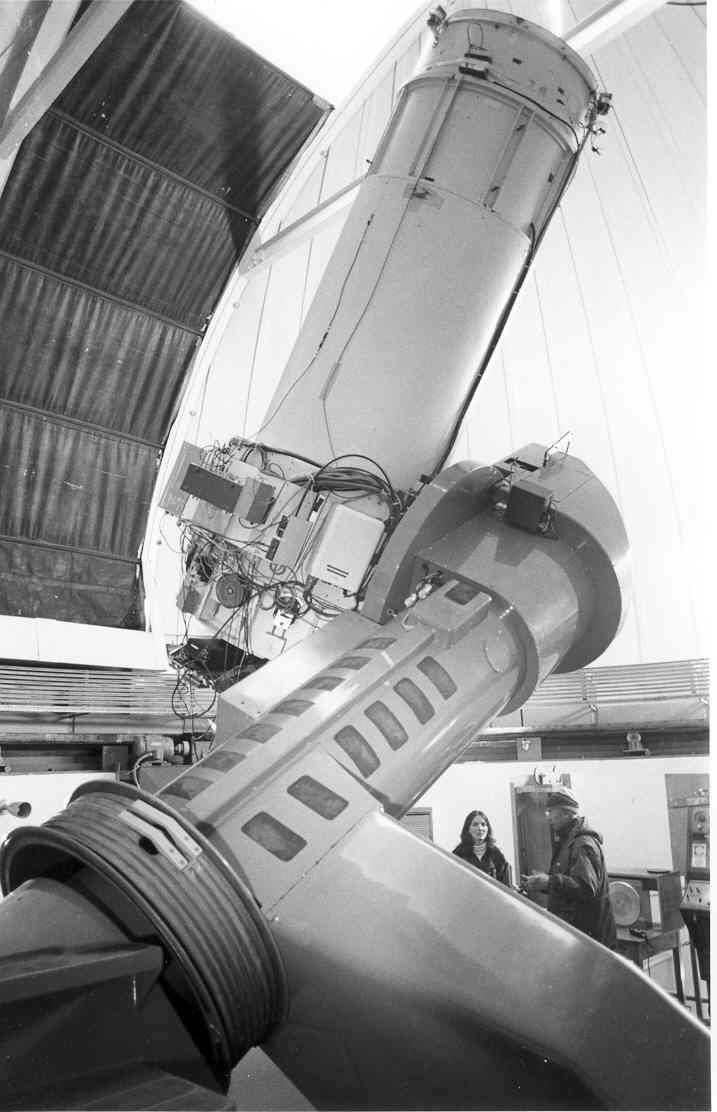 [4] [4] |
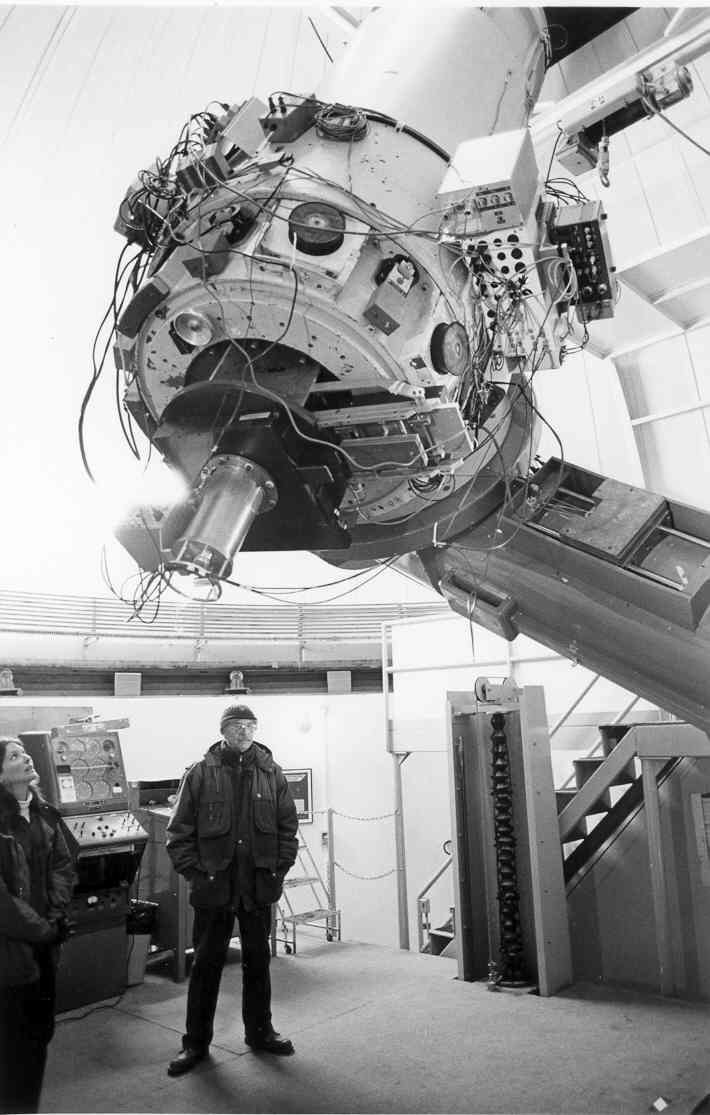 [5] [5] |
The Yale 1.0-meter telescope [6], originally sited in Bethany, CT, was moved to CTIO in 1972. Between 1998 and 2002 it was run by the YALO Consortium. The 1.0m has a very similar design to the 0.9m in optics and mounting. As pictured, the 1.0m sports the ANDICAM [7], which was later moved to the SMARTS 1.3-meter telescope. As of August 2020, it is operated in robotic mode with an optical imaging camera.
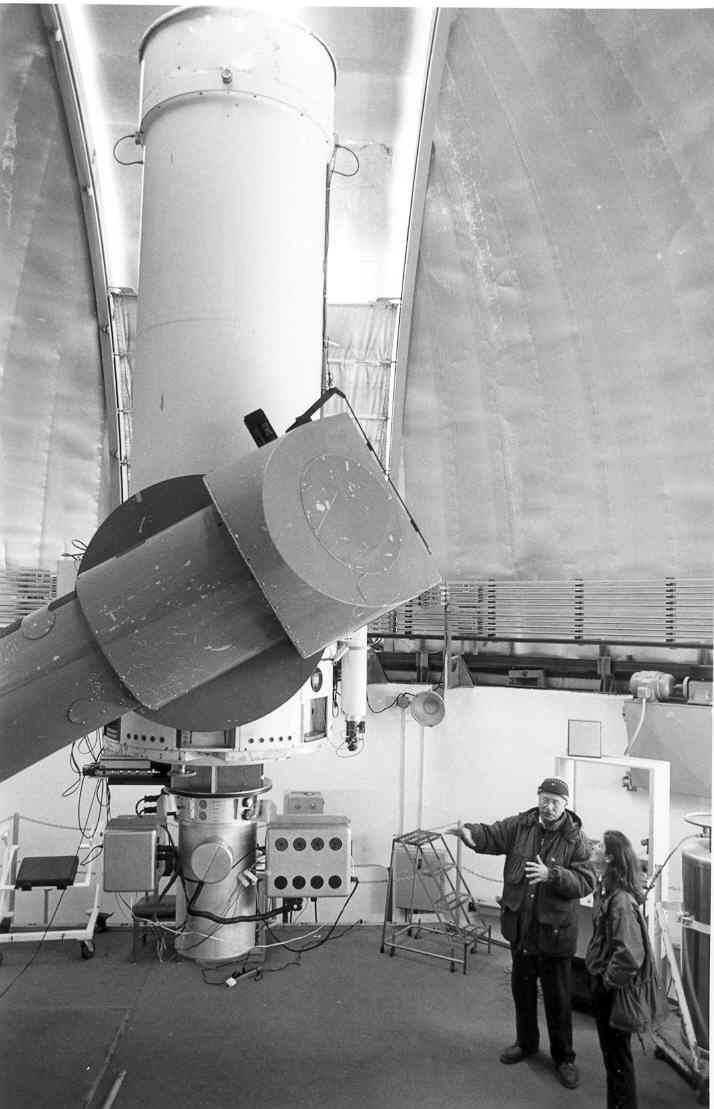 [8] [8] |
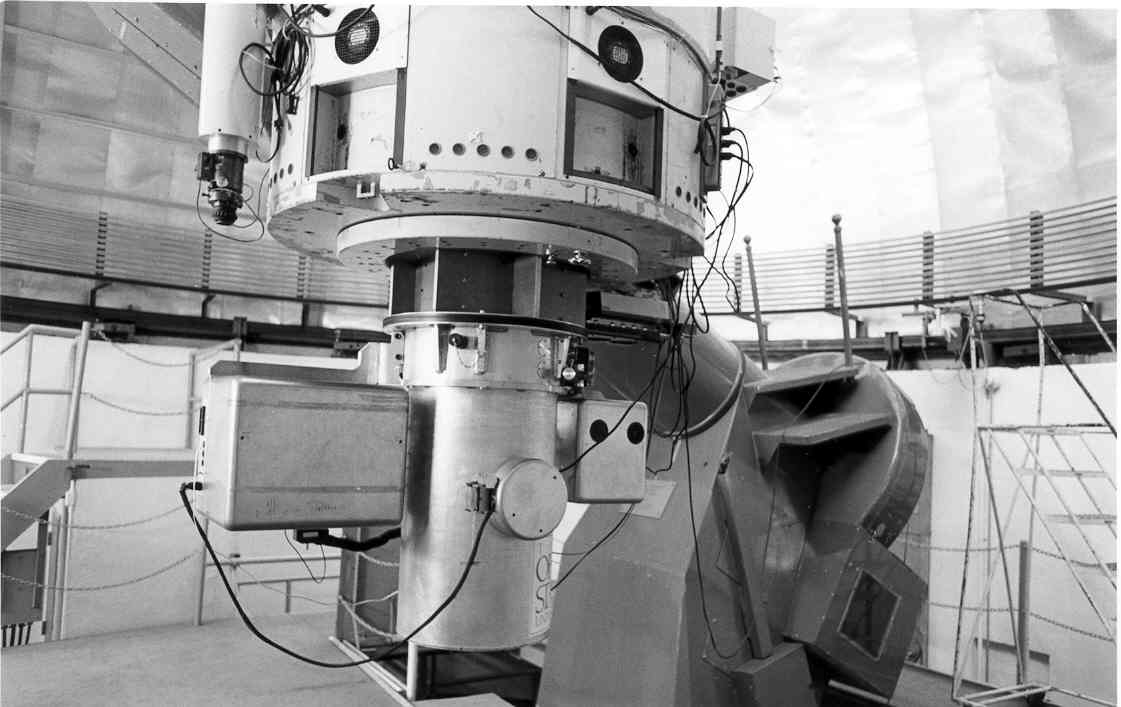 [9] [9] |
The SMARTS 1.3-meter telescope, formerly the southern-hemisphere 2MASS survey telescope, is a much more modern design than the other SMARTS telescopes, using a split-ring altitude-azimuth mount and an optical design optimized for work in the infrared. It fits very neatly into its dome. Here it is shown without the ANDICAM [7] optical/infrared imager. As of August 2020, it is closed, awaiting its next incarnation.
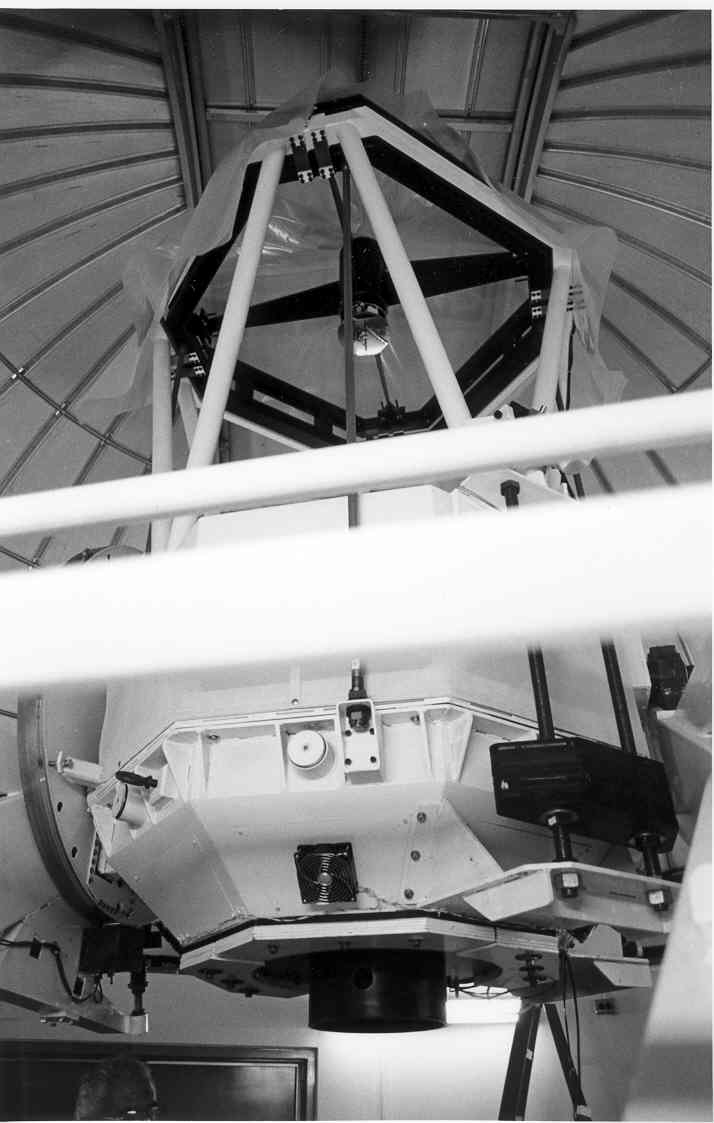 [10] [10] |
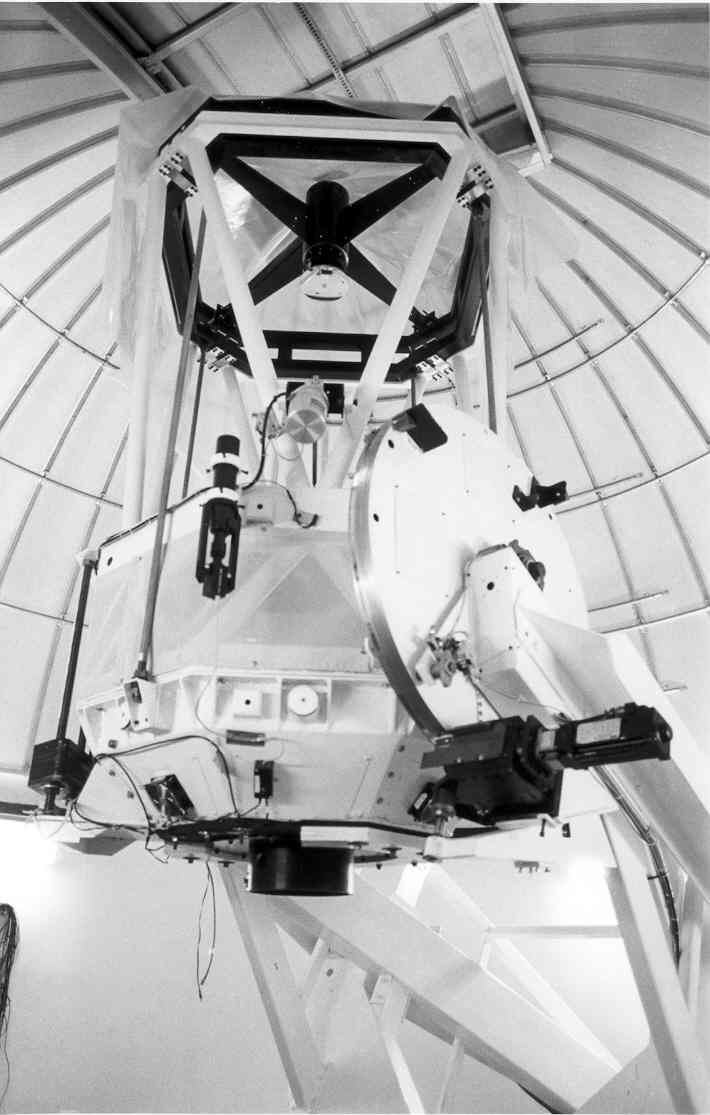 [11] [11] |
The SMARTS 1.5-meter telescope [12] (also called the 60-inch telescope) is an open-tube Cassegrain on a single-arm equatorial mount. It has been operated with both imagers and spectrographs, and the option of two secondaries giving f/13.5 and f/8. As of August 2020, it is operated with a single instrument, the high-resolution optical spectrograph CHIRON [13]. The facility is run full time, primarily with CTIO staff as observers.
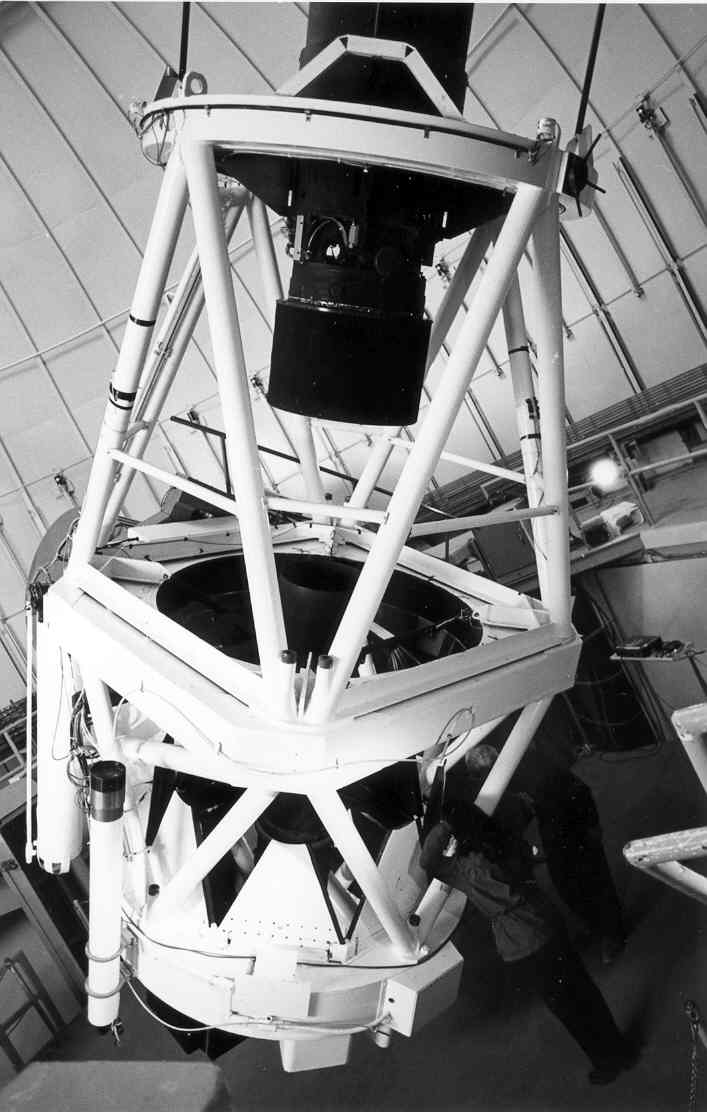 [14] [14] |
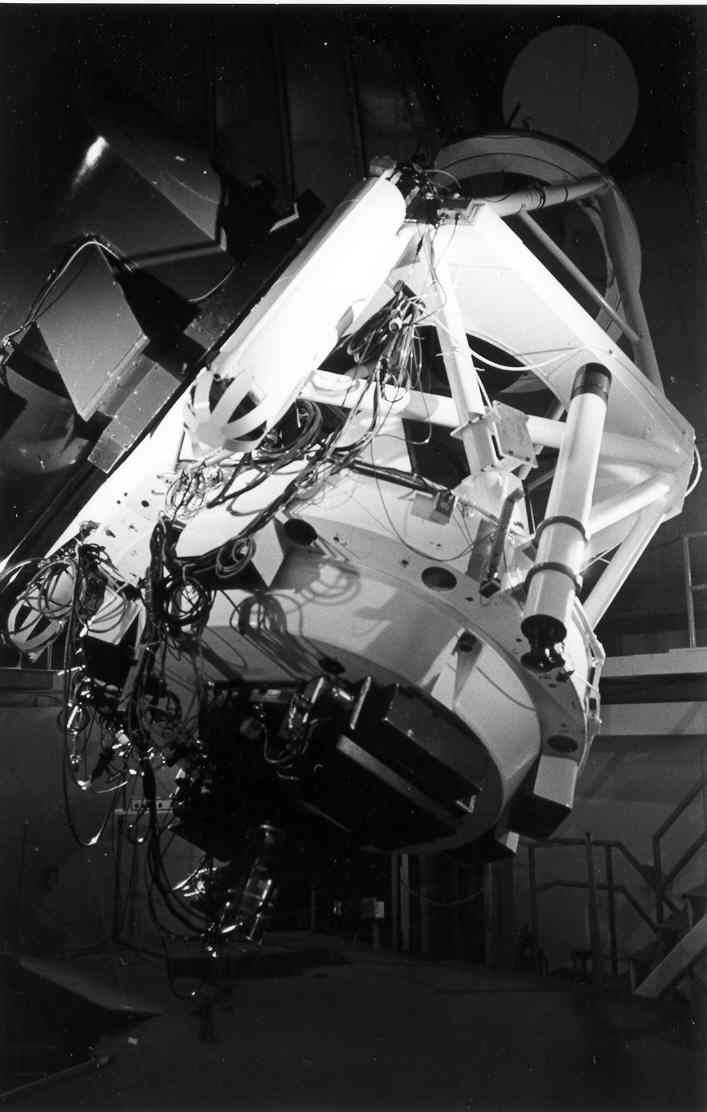 [15] [15] |
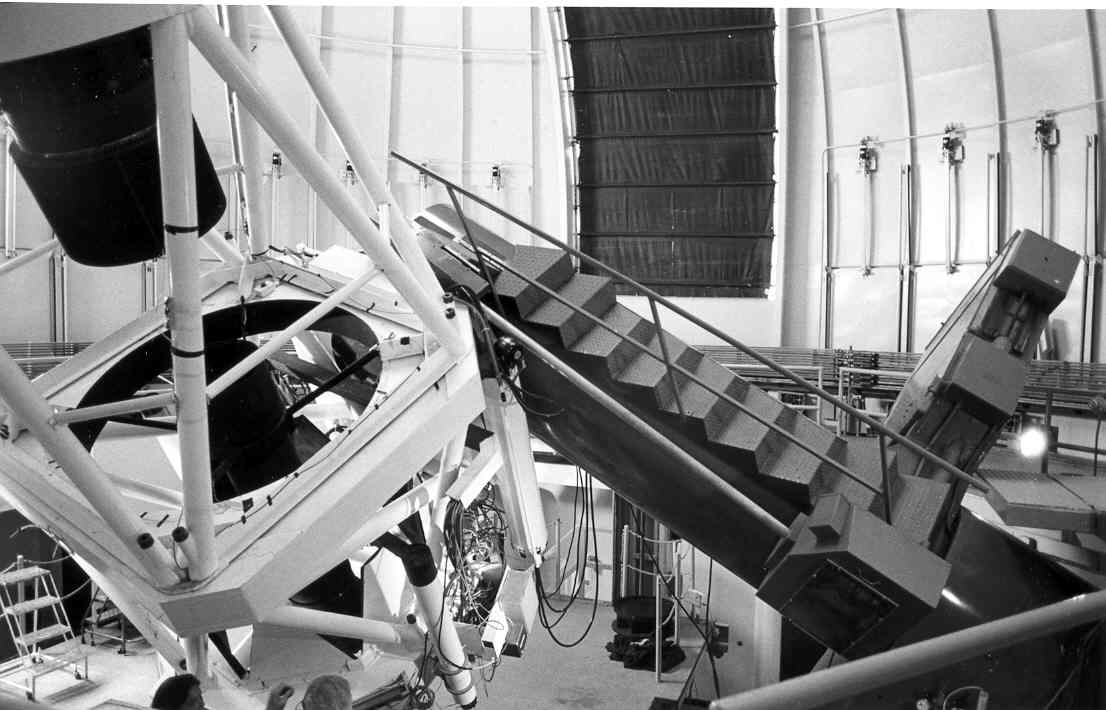 [16] [16] |
Since (at least) 1999, the SMARTS 0.9-meter [1] telescope has utilized a single instrument, an optical camera with a CCD detector that is 2048 pixels on a side. The scale of the CCD is 401 milliarcseconds/pixel, thereby providing a full field of 13.69 arcminutes, or about 46% the width of the full Moon. The stability of the instrument configuration permits long-term studies that are impossible to do on most telescopes, including one of the largest astrometric programs in the world.
The facility continues to be upgraded, with recent efforts such as new motor bearings for the RA and Dec motors (2019), a new Mac observing station (2018), a new Torrent controller and software for the CCD (2016), and new floors, bathroom, and paint (2013).
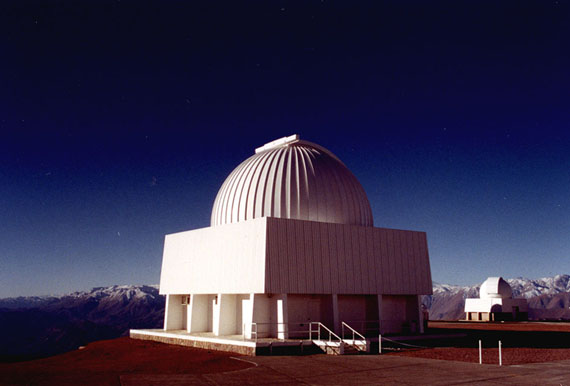
The 0.9m [1] dome, located at Cerro Tololo Inter-american Observatory (CTIO) in the foothills of the Chilean Andes.
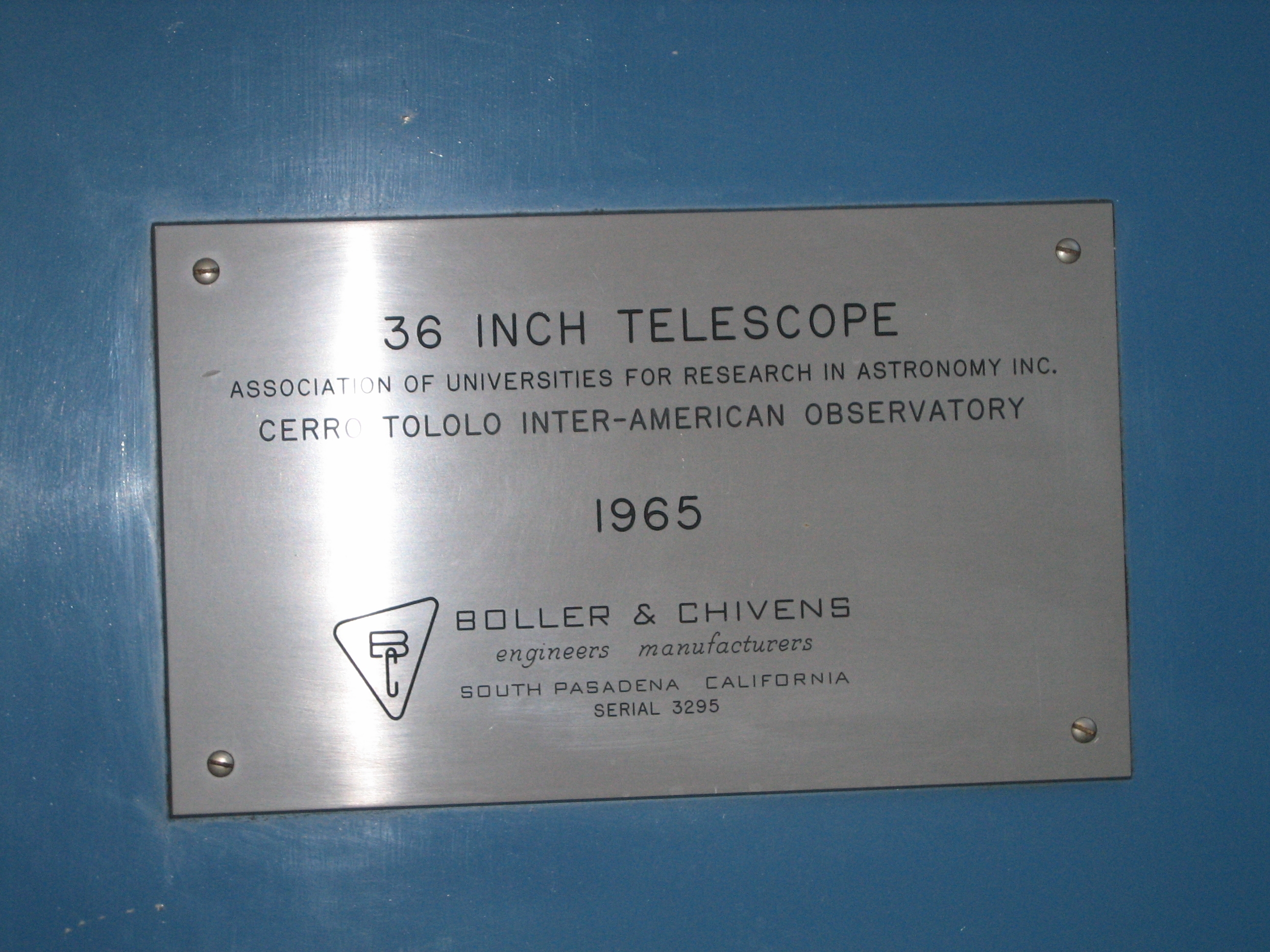 |
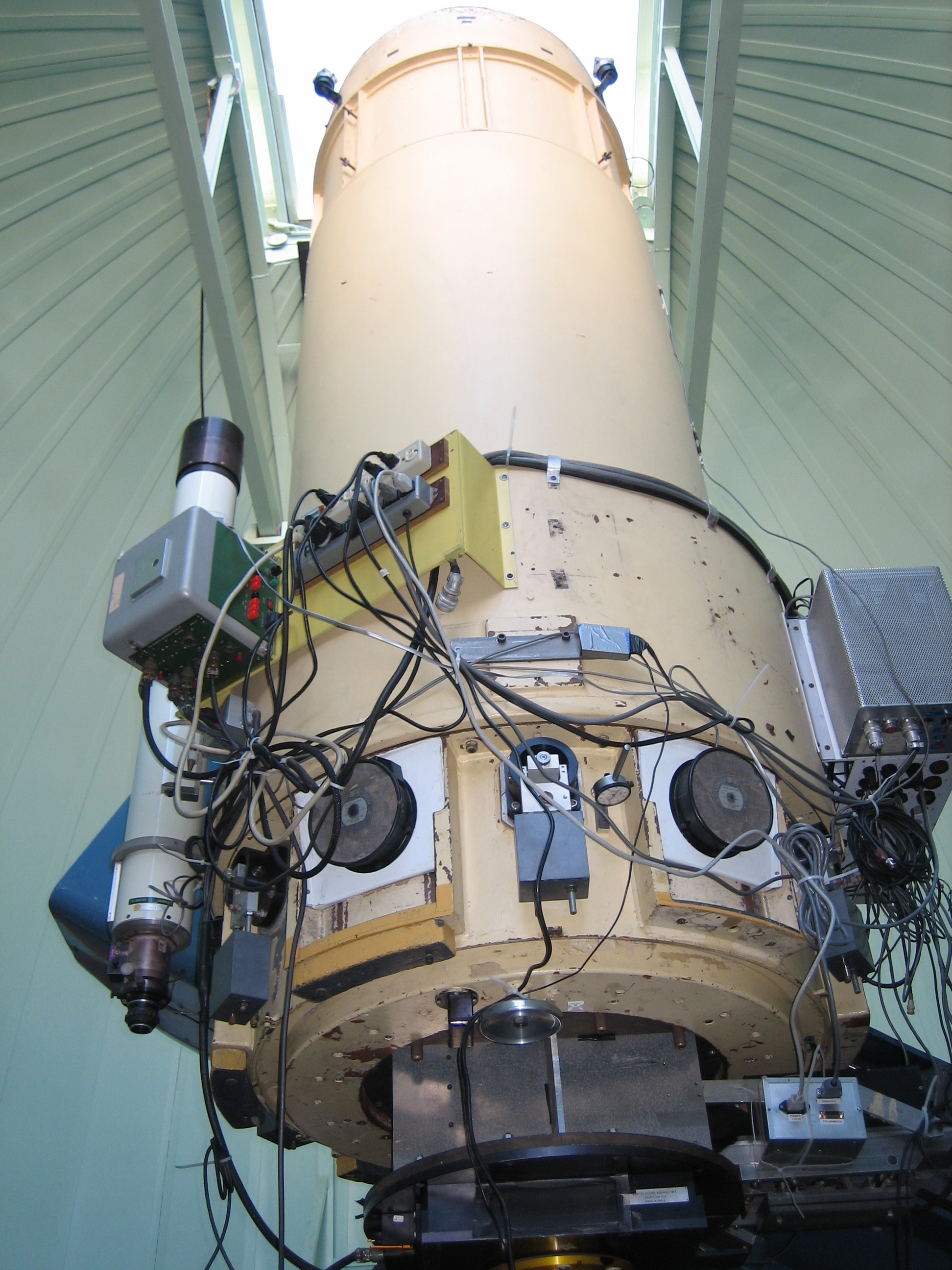 |
| Constructed in 1965 by Boller & Chivens, the 0.9m [1] is a closed tube design telescope, with instruments attached at the bottom at the Cassegrain focus. | |
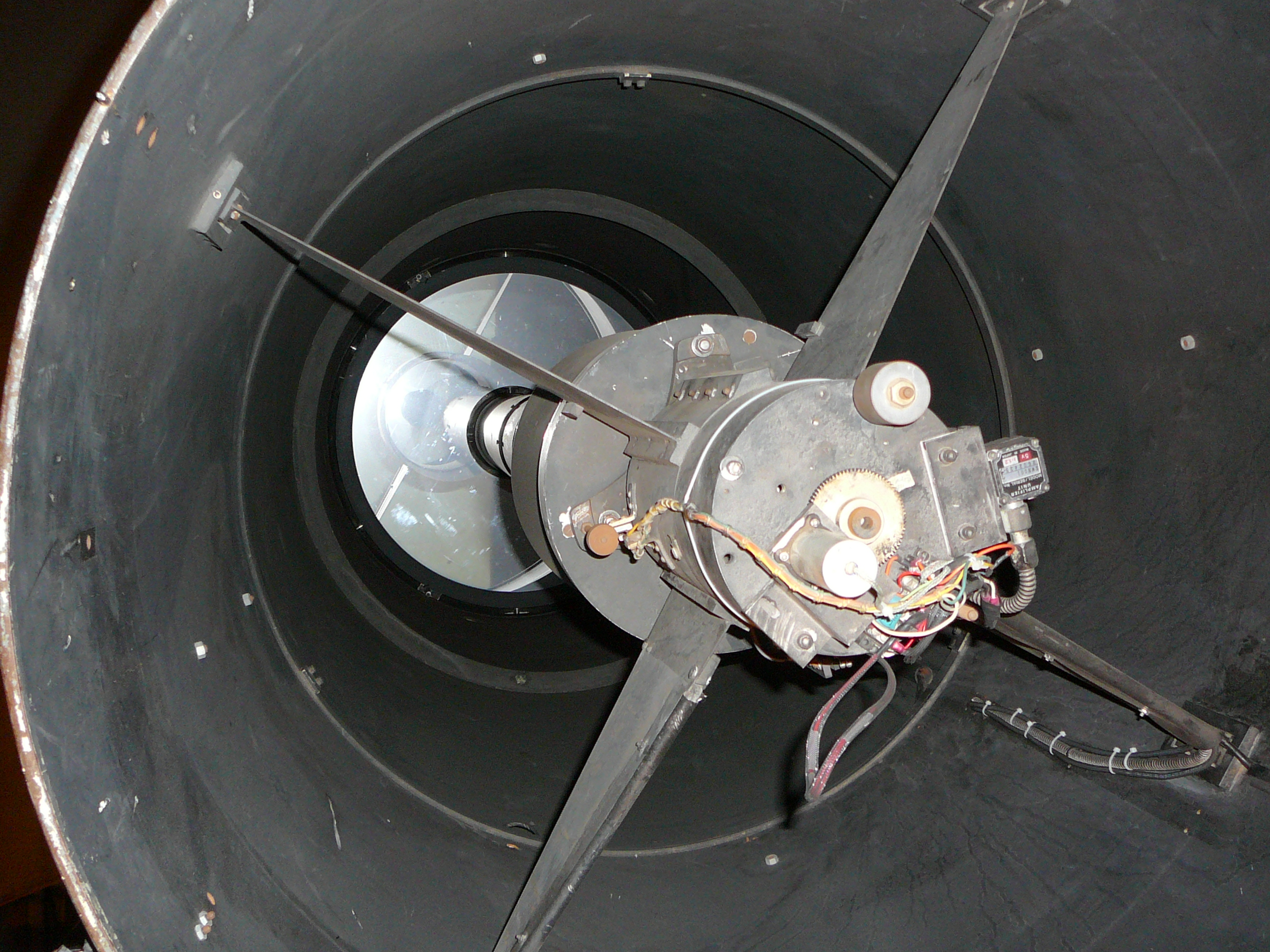 |
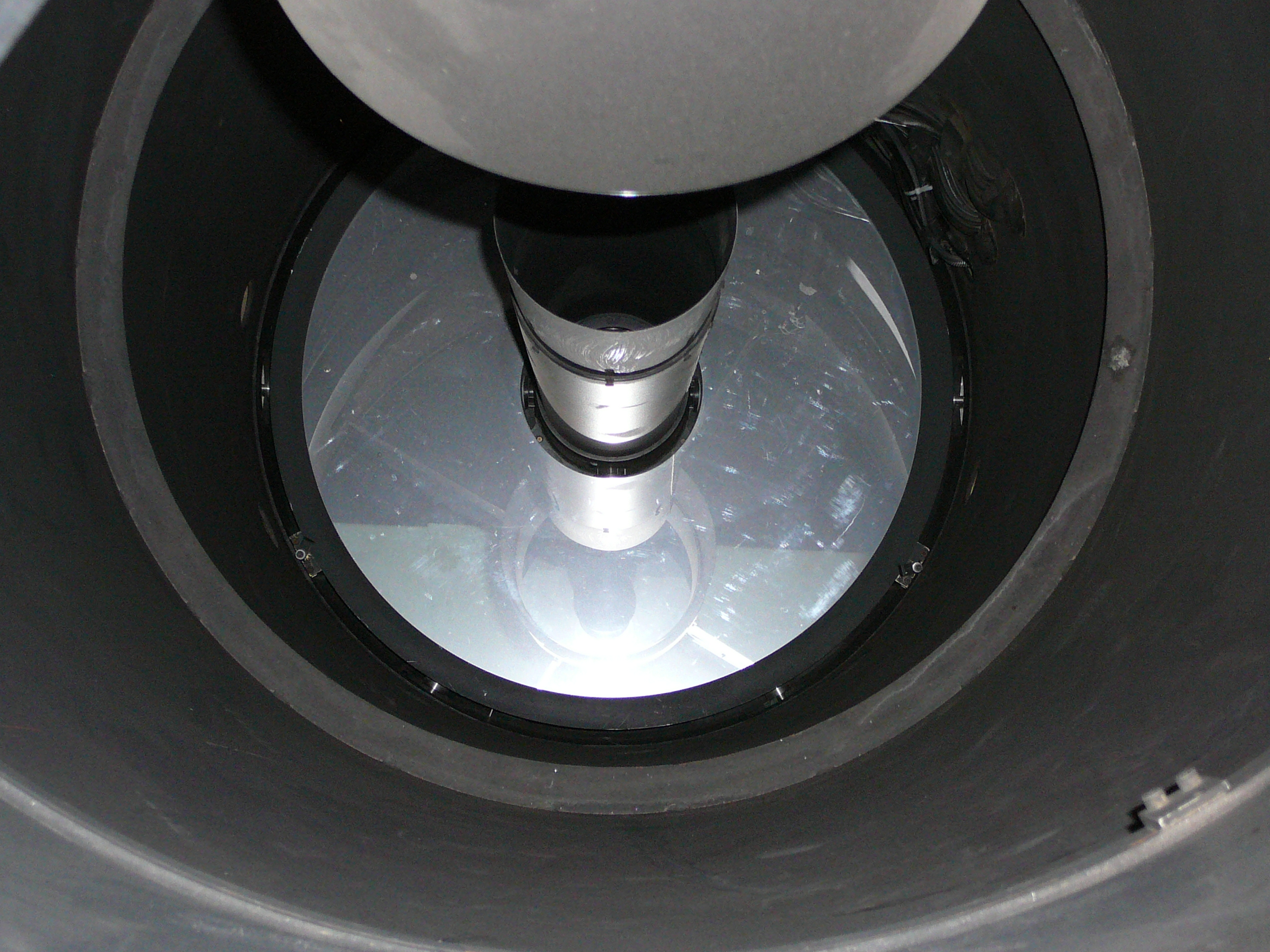 |
| The 0.9 meter = 36 inch "eye" of the 0.9m [1] can be seen, with its attendant secondary mirror support. | |
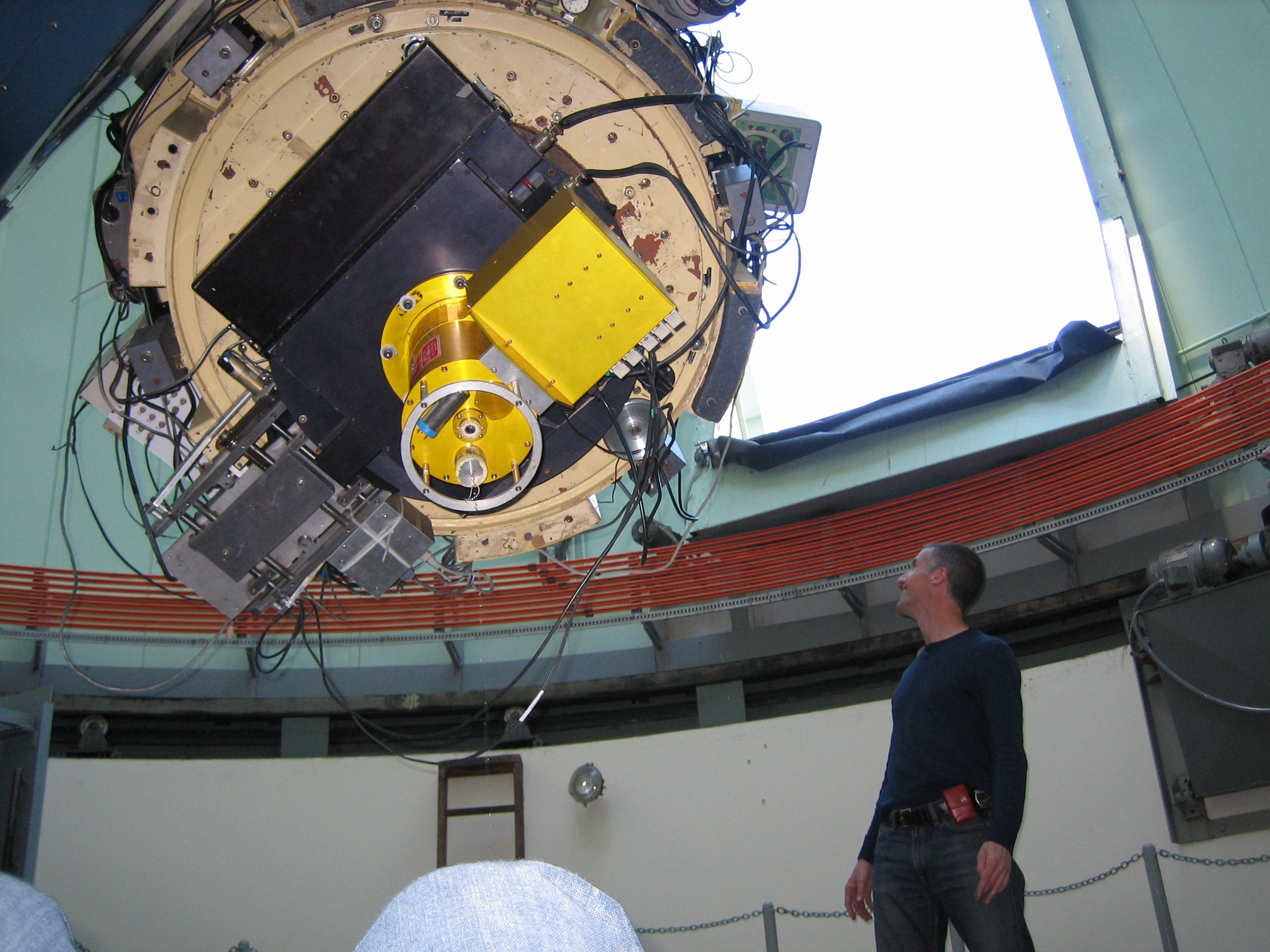 |
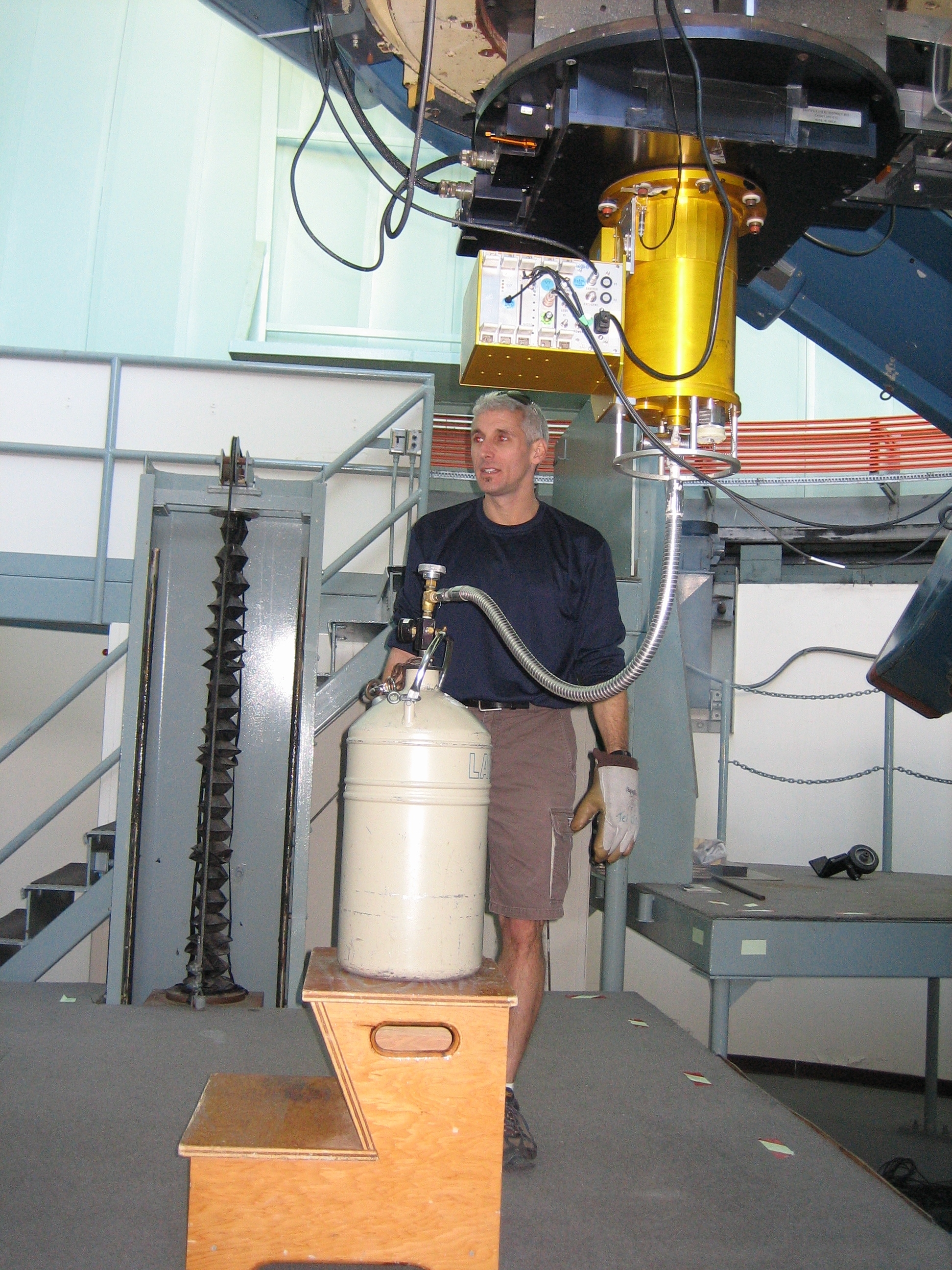 |
| The golden dewar contains the CCD detector used for science observations. Electronics and filters are housed in the surrounding black, silver, and gold boxes. The dewar is filled with liquid nitrogen, which has a temperature of 77 Kelvin, in order to keep the "background" low on the detector. The background is comprised of electrons, which are also used to detect light on the detector. So, if fewer electrons are free because of a lower detector temperature, faint signals that generate few electrons in the detector can be better measured. | |
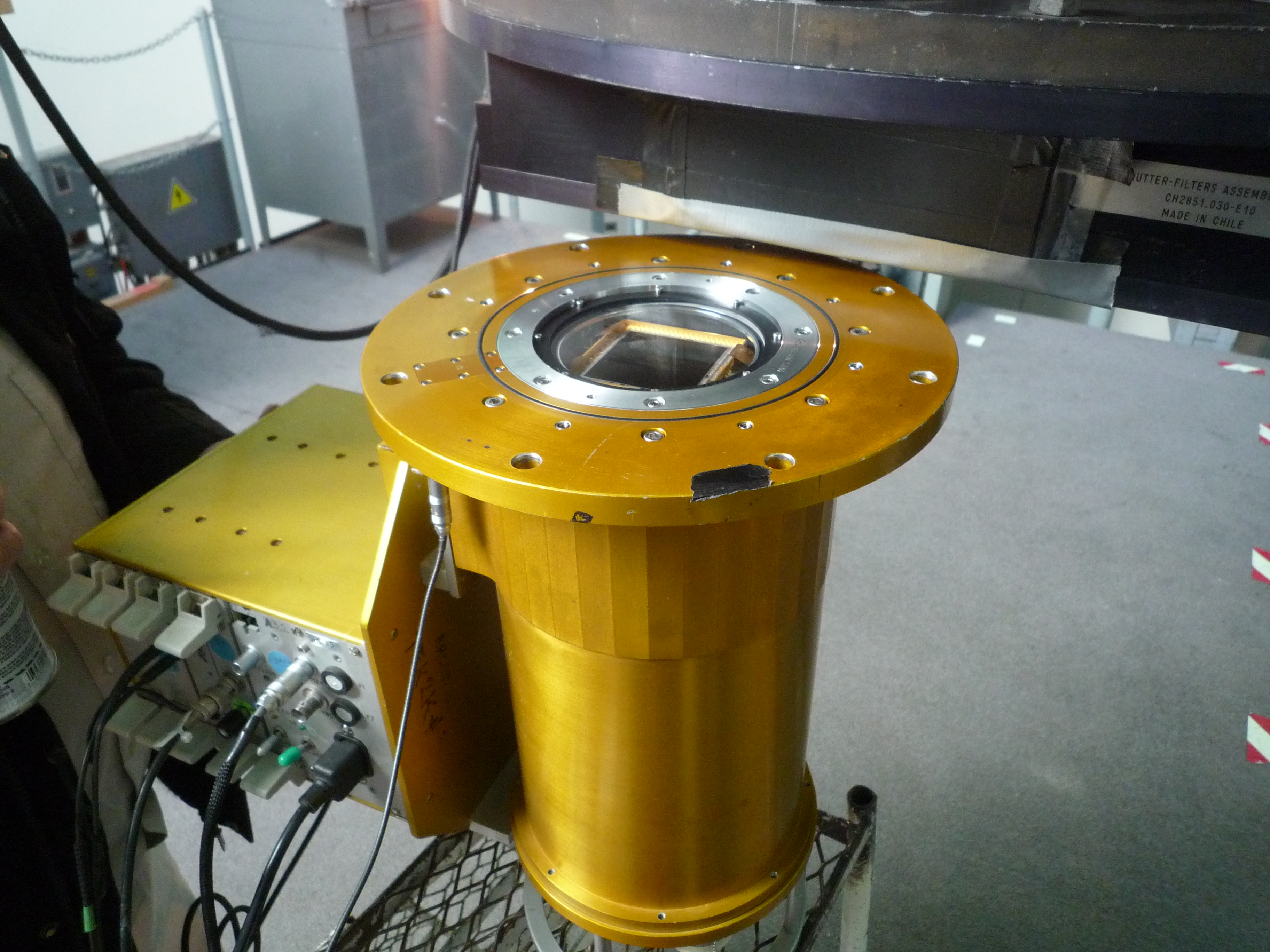 |
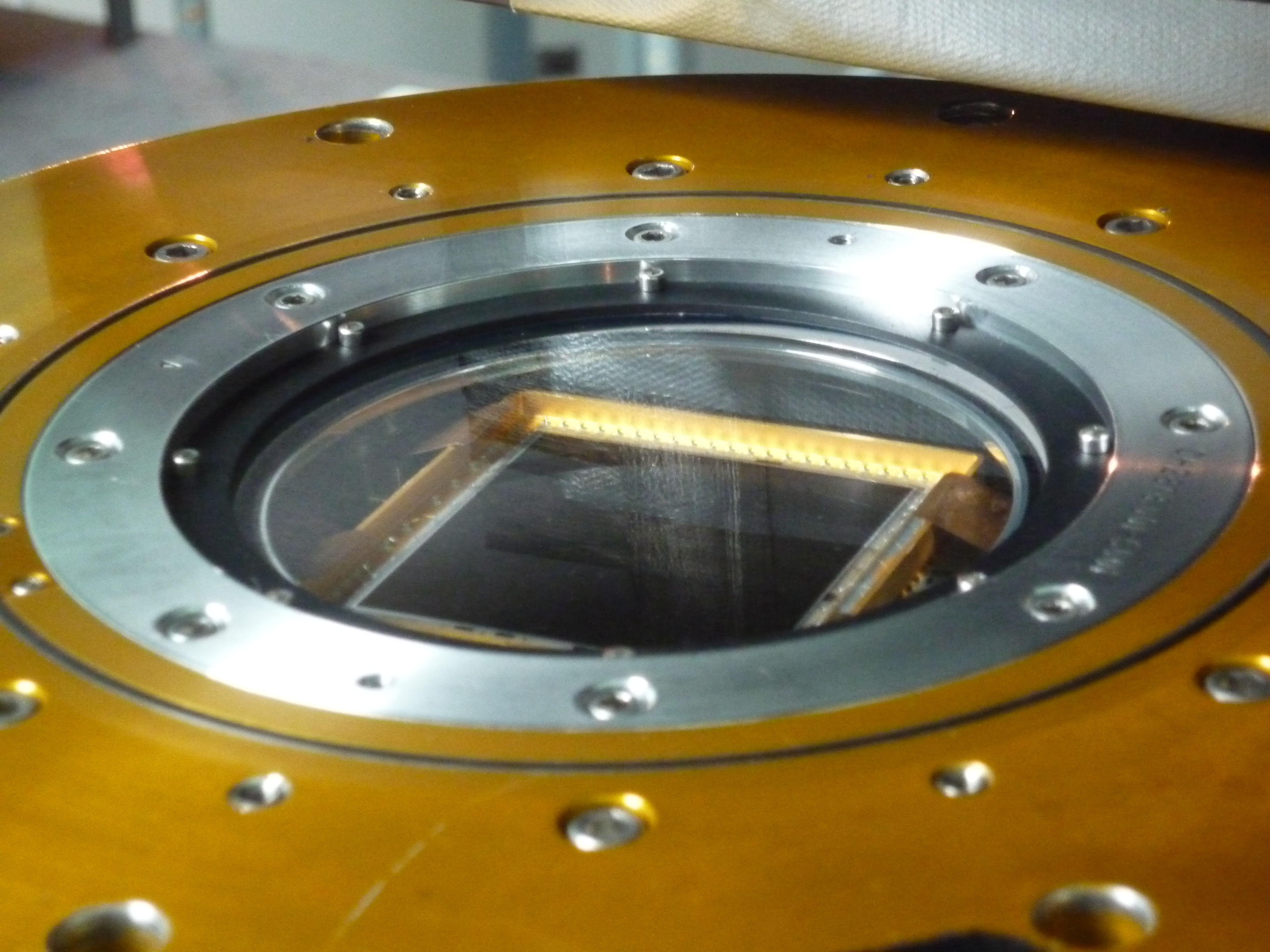 |
| The CCD can be seen through the final optical element in the light path, the dewar window. Occasionally, the dewar is disconnected from the black box that holds filters and additional optics used to focus images onto the CCD, primarily to clean the window. | |
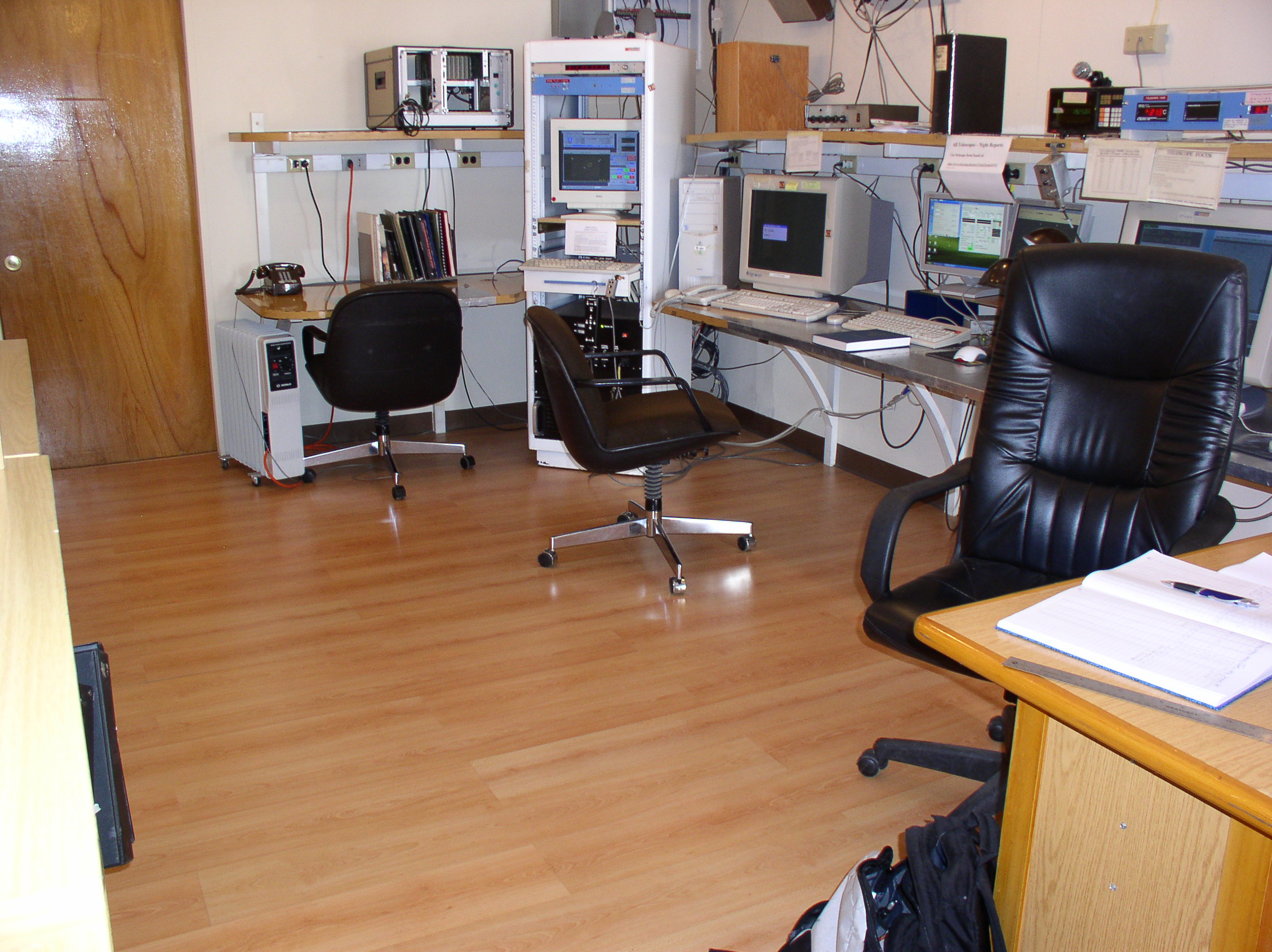 |
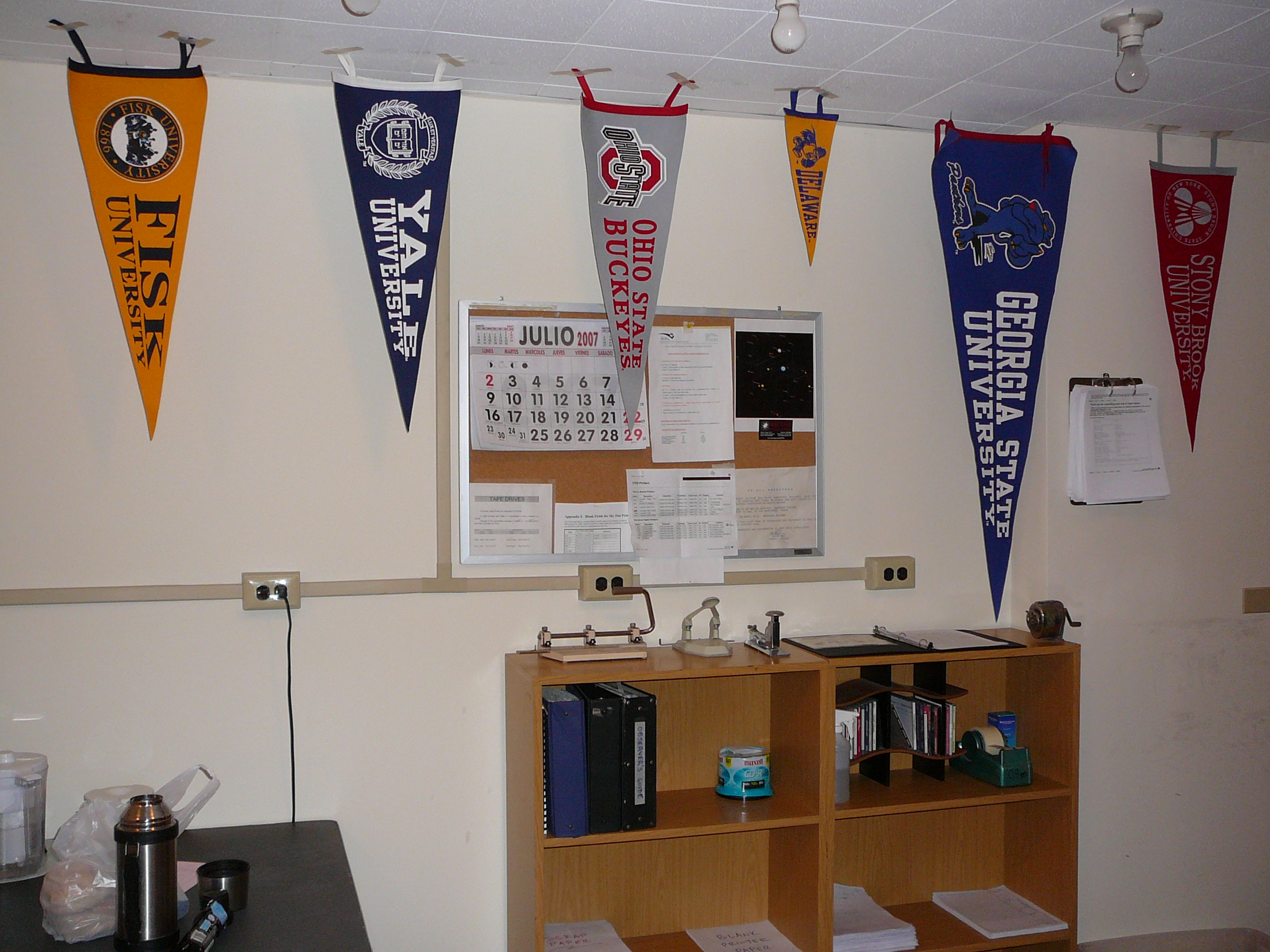 |
| The observing room is cozy, including a new floor (not shown) made of imported Peruvian tile. | |
Links
[1] http://www.ctio.noao.edu/noao/content/09-m-telescope
[2] http://www.ctio.noao.edu/noao/content/09-m-history
[3] http://www.ctio.noao.edu/noao/sites/default/files/telescopes/smarts/pointnine_3.gif
[4] http://www.ctio.noao.edu/noao/sites/default/files/telescopes/smarts/point9_2.jpg
[5] http://www.ctio.noao.edu/noao/sites/default/files/telescopes/smarts/point9_1.jpg
[6] http://www.ctio.noao.edu/noao/content/10-m-telescope
[7] http://www.ctio.noao.edu/noao/content/andicam
[8] http://www.ctio.noao.edu/noao/sites/default/files/telescopes/smarts/one_1.jpg
[9] http://www.ctio.noao.edu/noao/sites/default/files/telescopes/smarts/one_andicam.jpg
[10] http://www.ctio.noao.edu/noao/sites/default/files/telescopes/smarts/oneptthree_1.jpg
[11] http://www.ctio.noao.edu/noao/sites/default/files/telescopes/smarts/oneptthree_2.jpg
[12] http://www.ctio.noao.edu/noao/content/15-m-telescope
[13] http://www.ctio.noao.edu/noao/content/chiron
[14] http://www.ctio.noao.edu/noao/sites/default/files/telescopes/smarts/oneptfive_1.jpg
[15] http://www.ctio.noao.edu/noao/sites/default/files/telescopes/smarts/oneptfive_2.jpg
[16] http://www.ctio.noao.edu/noao/sites/default/files/telescopes/smarts/oneptfive_3.jpg